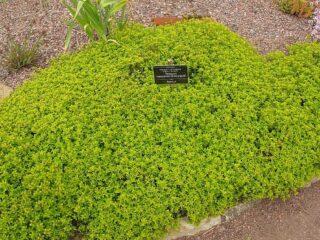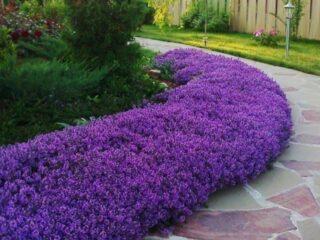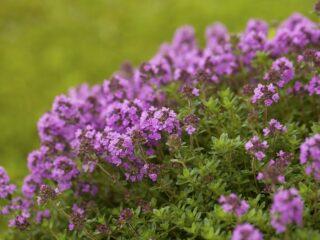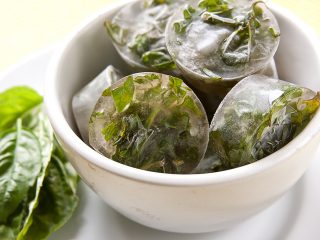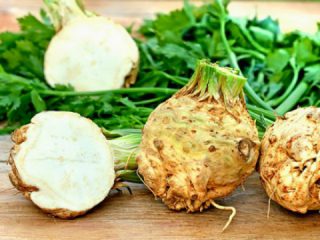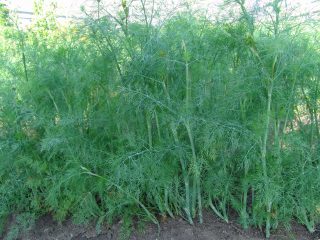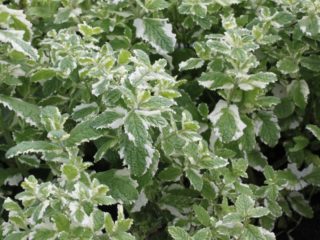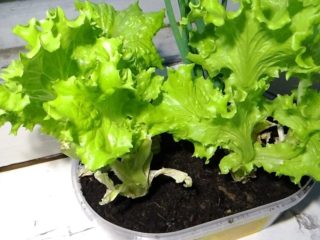Content
The difference between thyme and rosemary is obvious even to a non-specialist in the field of botany. Despite their close “family ties,” they are not similar in appearance, taste, or smell. Both plants have a rich chemical composition and are actively used in folk medicine, but they bring different benefits to the body.
Thyme and rosemary: are they the same thing or not?
Rosemary and thyme are two different types of essential oil plants, widely used in cooking and folk medicine, belonging to the Yamnotaceae family. Despite the close “kinship”, it is quite difficult to confuse them. They differ greatly in appearance, taste and aroma.
What are the differences between thyme and rosemary
There are many more differences between thyme and rosemary than similarities. What they have in common, in fact, is limited to the fact that both species belong to the same family, have healing properties, and are popular spices.
Appearance
Thyme is a low ground cover plant (up to 30 cm, mostly 12-15 cm) with thin woody, semi-erect or recumbent stems. The leaves are small, rounded-ovate, soft to the touch. The root is taproot, woody.
Thyme blooms very profusely; in most varieties, the peduncles “rise” above the green mass.The petals are most often pink-lilac, less often snow-white or inky purple. The flowers are small, four-petaled, collected in “scutes” or “cones”.
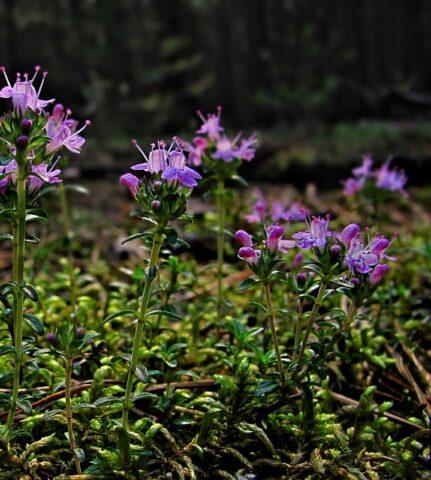
Thyme flower stalks are “raised” above the green mass
Rosemary is a fairly large shrub or subshrub with erect shoots that gradually become woody as they grow. Under optimal conditions, its height can reach 1.5 m, diameter - 1-1.2 m. Its leaves are narrow, needle-shaped, leathery to the touch, even hard.
Its flowers have a rather complex shape - two-lipped, but at the same time resembling a bell. The petals are purple, often with a bluish tint. Some varieties are white or deep purple.
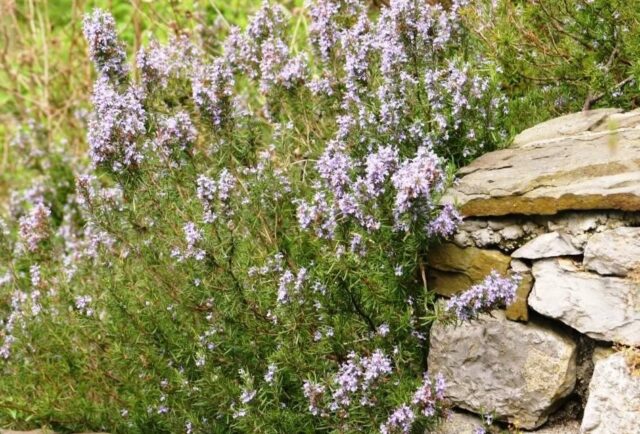
Under optimal conditions, rosemary quickly grows into dense thickets.
Taste and aroma
The taste of rosemary is much sharper and more pronounced than that of thyme, bitter-sharp, “astringent”. Its aroma is quite difficult to describe; professional tasters highlight pine-resinous, camphor, eucalyptus, and lemon notes. It is deservedly considered a very “powerful” seasoning: if you overdo it, it will simply “kill” any dish. The same will happen if the flavors of the ingredients and rosemary are incompatible.
Thyme is an almost universal seasoning with a delicate, slightly “earthy” taste, dominated by lemon-mint notes. It goes well with the vast majority of foods and other herbs.
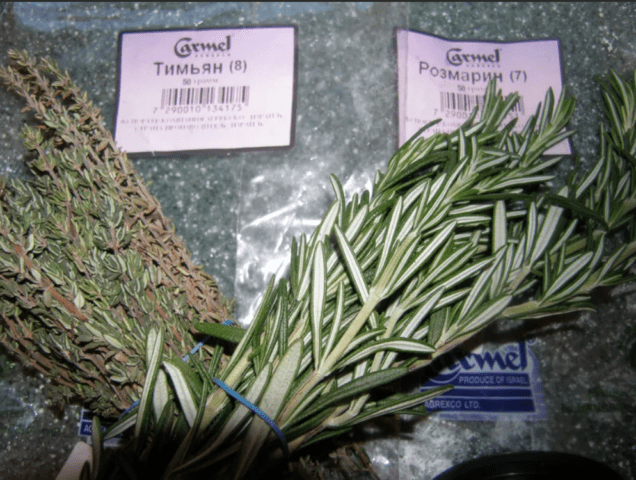
It is impossible to confuse rosemary and thyme in taste and smell.
Places of growth
Rosemary is native to the Mediterranean coast. The plant successfully takes root exclusively in regions with mild winters and hot summers. Moreover, in the cold season it requires high humidity, and in the warm season it requires drought.
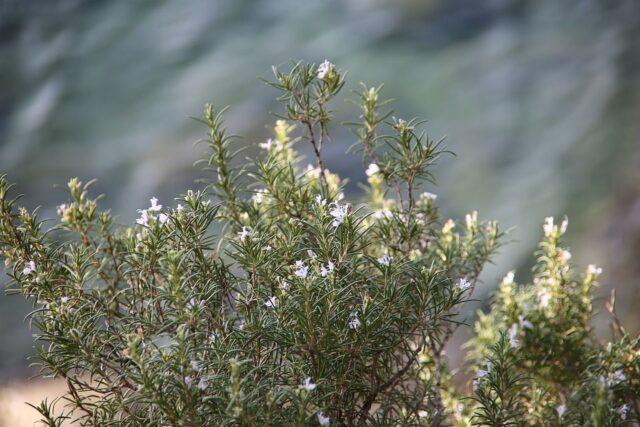
The very name “rosemary” clearly hints at the plant’s love for the coastal climate.
The habitat of thyme is much wider. Its different species are found throughout almost all of Eurasia (including Northern Europe and the Far East) and North Africa. They even “reached” Greenland and the Canary Islands.
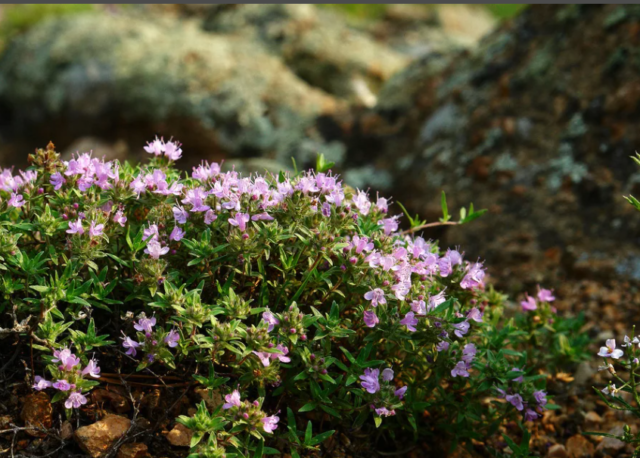
Thyme does not like tropical climates
Benefits and Applications
In folk medicine, rosemary is used for:
- combating chronic stress, mental and nervous stress, depression;
- normalization of memory;
- treatment of heart and vascular diseases (especially hypotension, thrombosis);
- stimulation of metabolism and cerebral circulation;
- normalization of water, fat and carbohydrate balance;
- removing waste and toxins from the body, increasing overall tone.
Thyme is a powerful natural antiseptic that helps fight infections and inflammation. In addition, it is recommended for:
- maintaining immunity;
- treatment of bronchopulmonary diseases;
- pain relief for problems with the spine and joints;
- "expulsion" of helminths.
When it comes to culinary uses, almost any dish benefits greatly from the addition of a few fresh sprigs or dried thyme leaves. In Mediterranean cuisine, it is an almost integral ingredient in recipes for soups, main courses of meat, fish and poultry, vegetable and other side dishes, sauces, salads, and marinades.

Drinks with thyme are very refreshing.
Rosemary in cooking is used mainly as a seasoning for pork, lamb, rabbit, and game. It goes well with potatoes, beans, zucchini, grilled fish and seafood. Some people like it combined with cheeses and grapes. Sometimes fresh leaves are used to flavor alcoholic beverages.
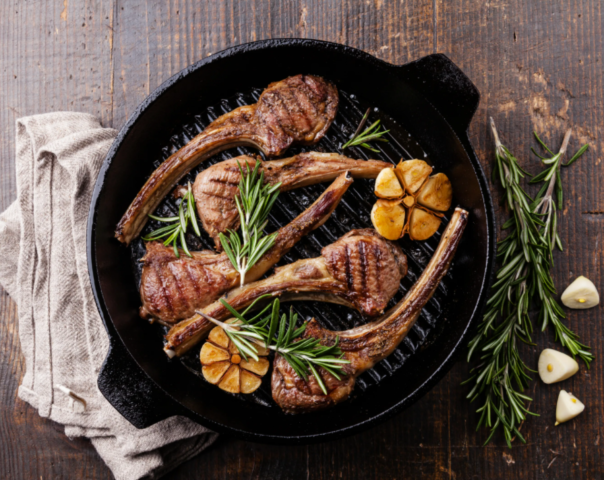
If a recipe lists rosemary as an ingredient, it almost certainly includes garlic.
Conclusion
The difference between rosemary and thyme is obvious at first glance. It is easy to distinguish both plants and dry greens. In the first case, they are guided by their appearance, in the second - by taste and aroma.
